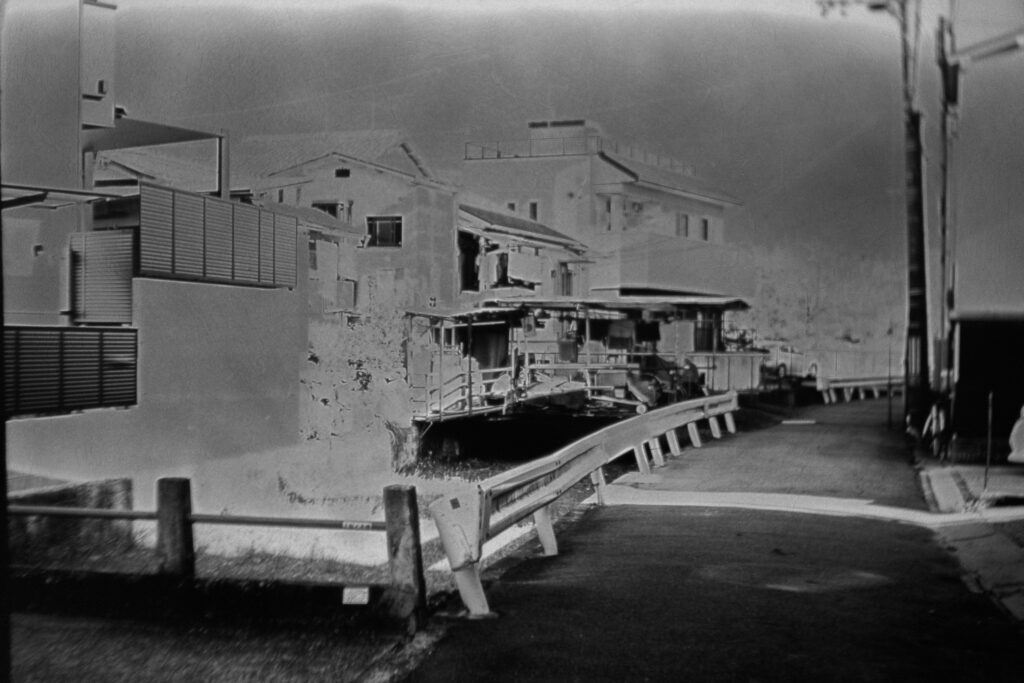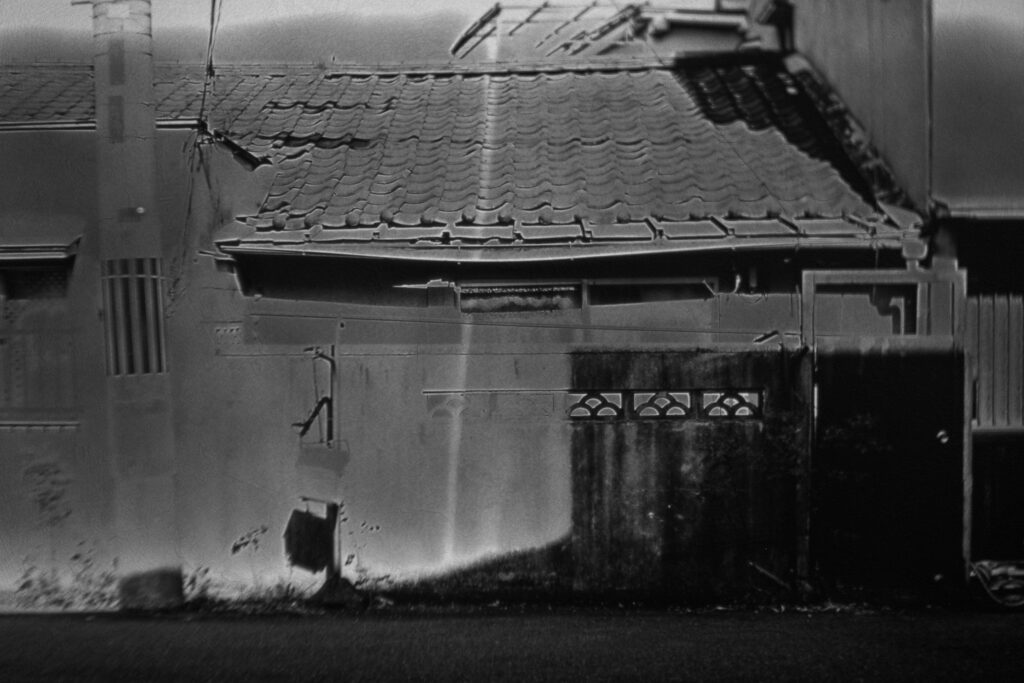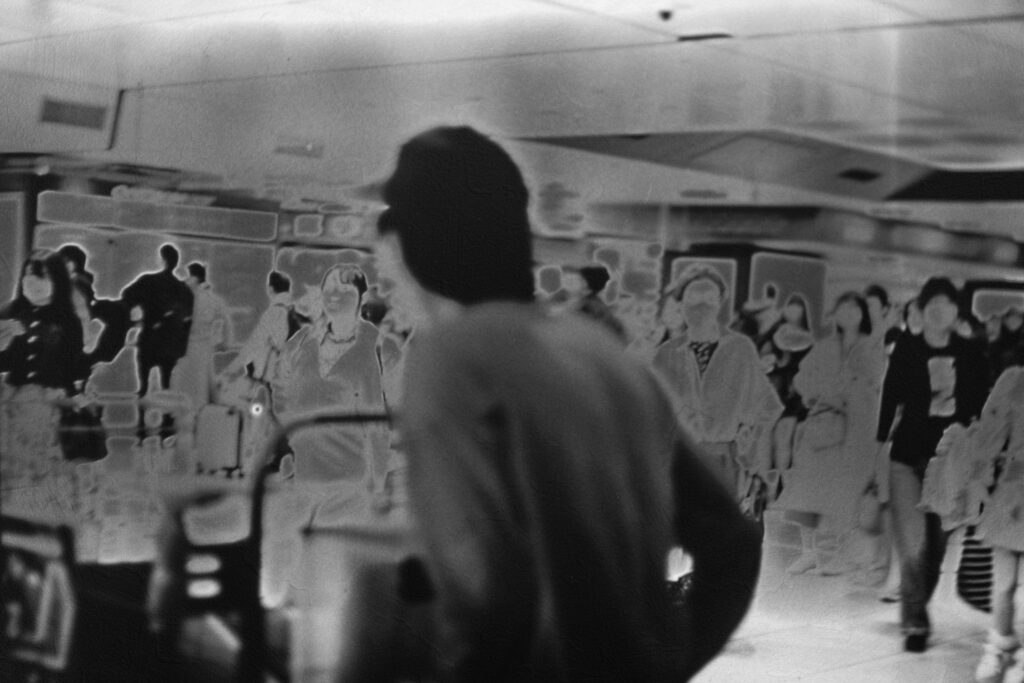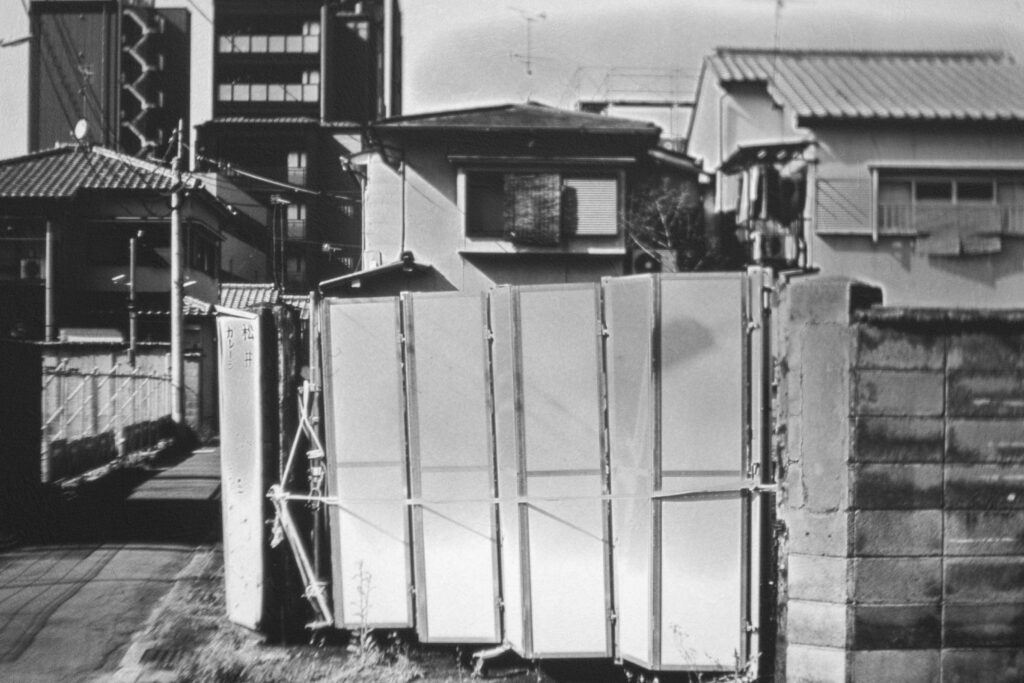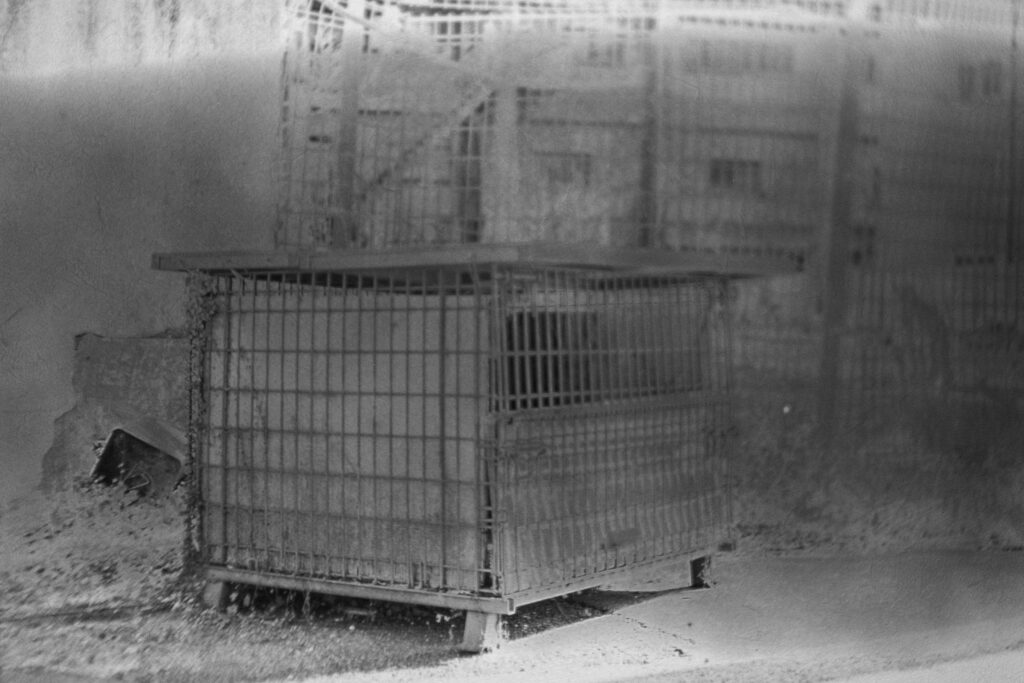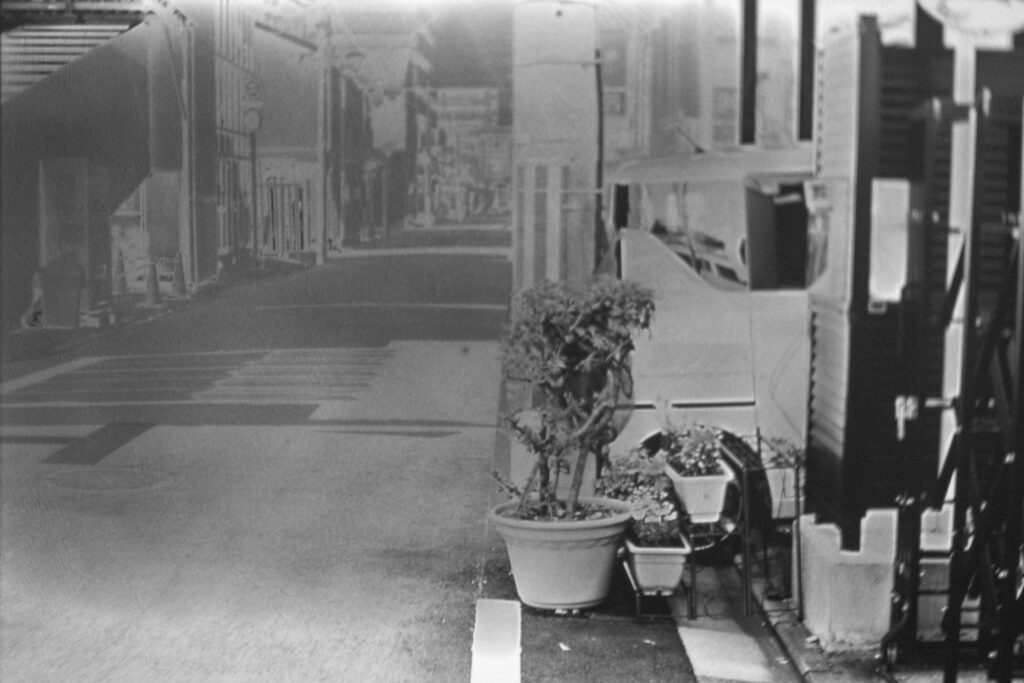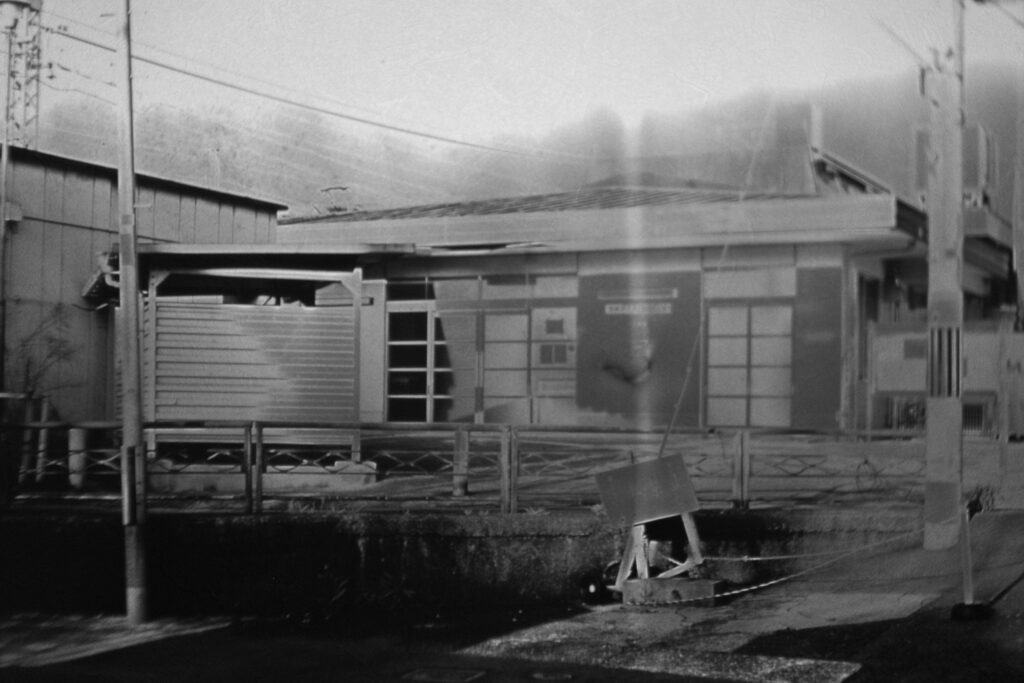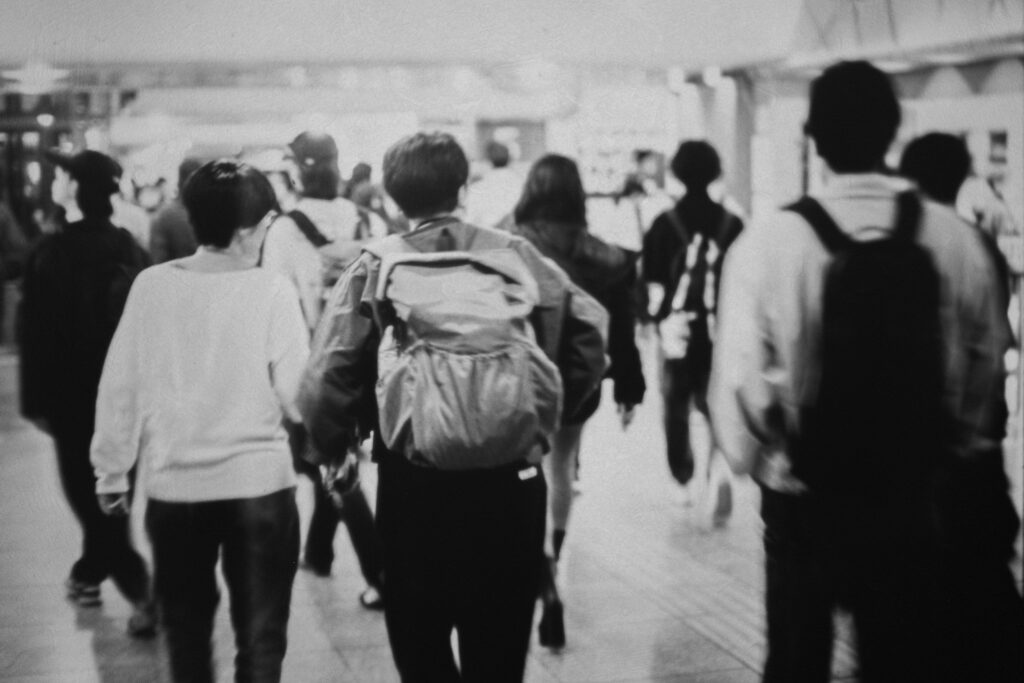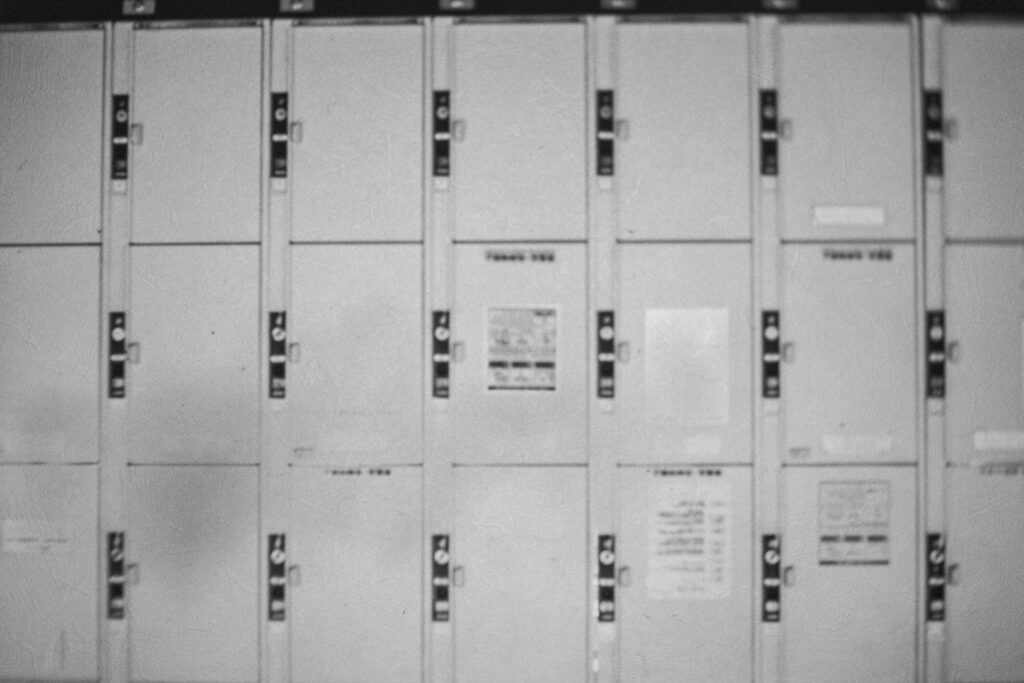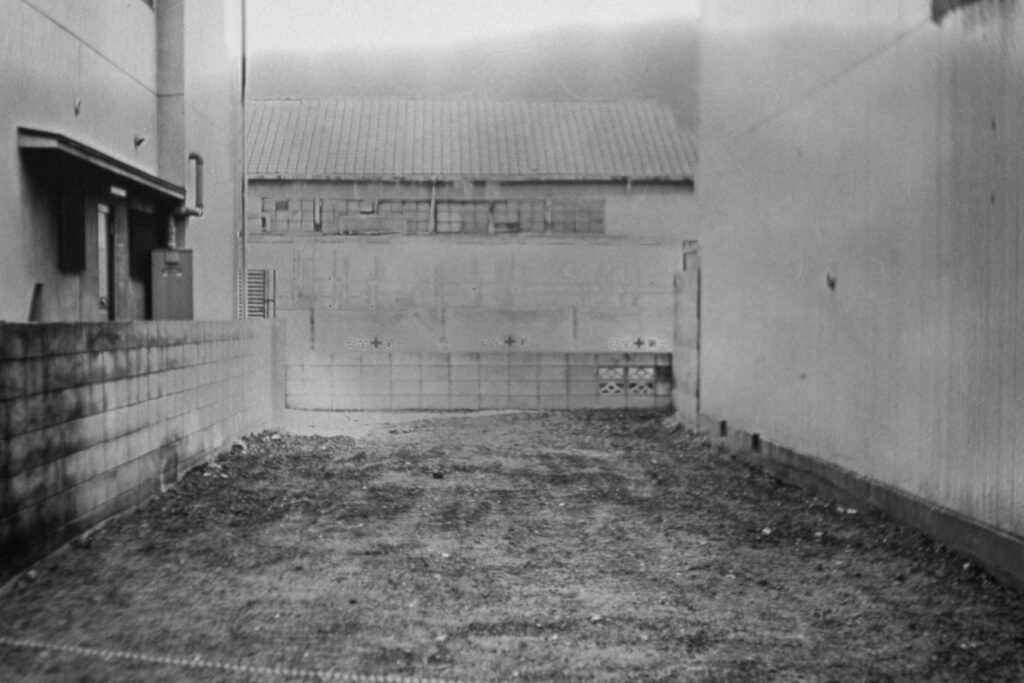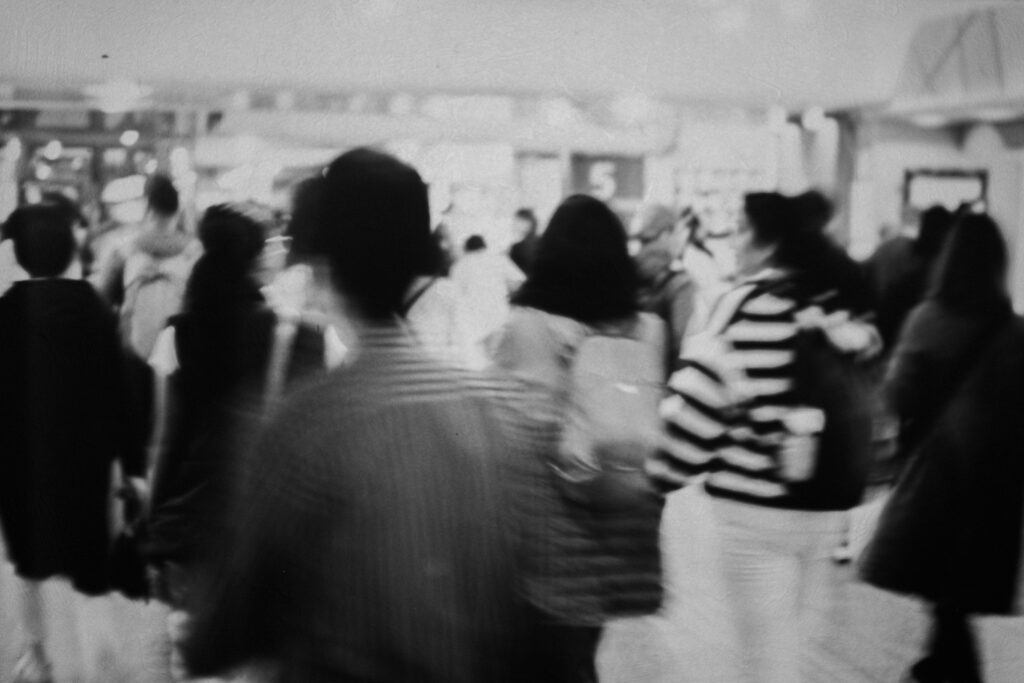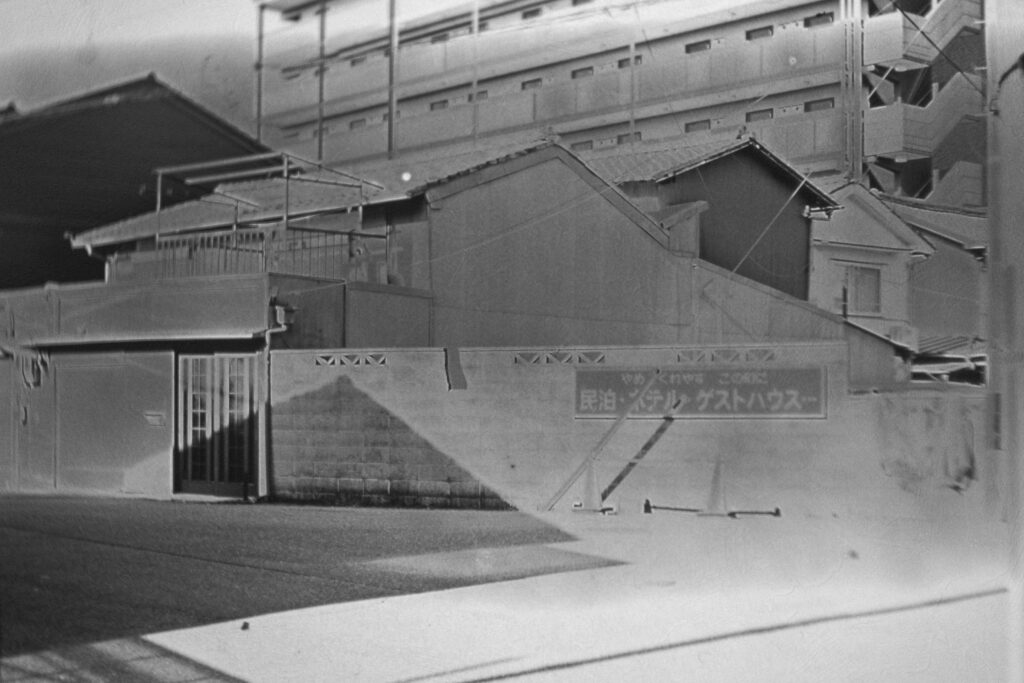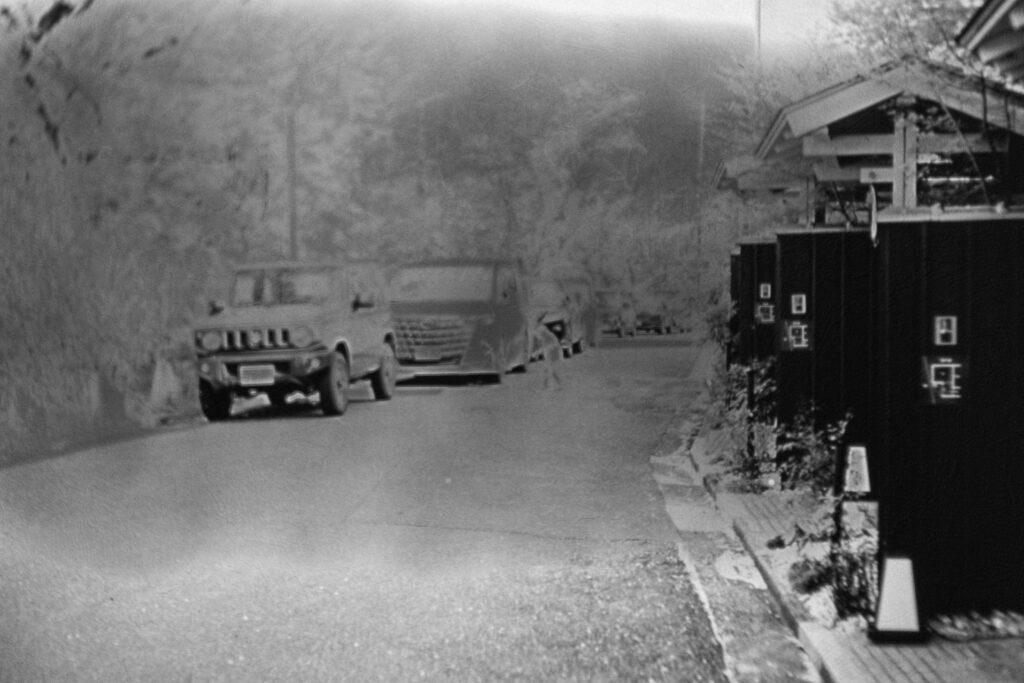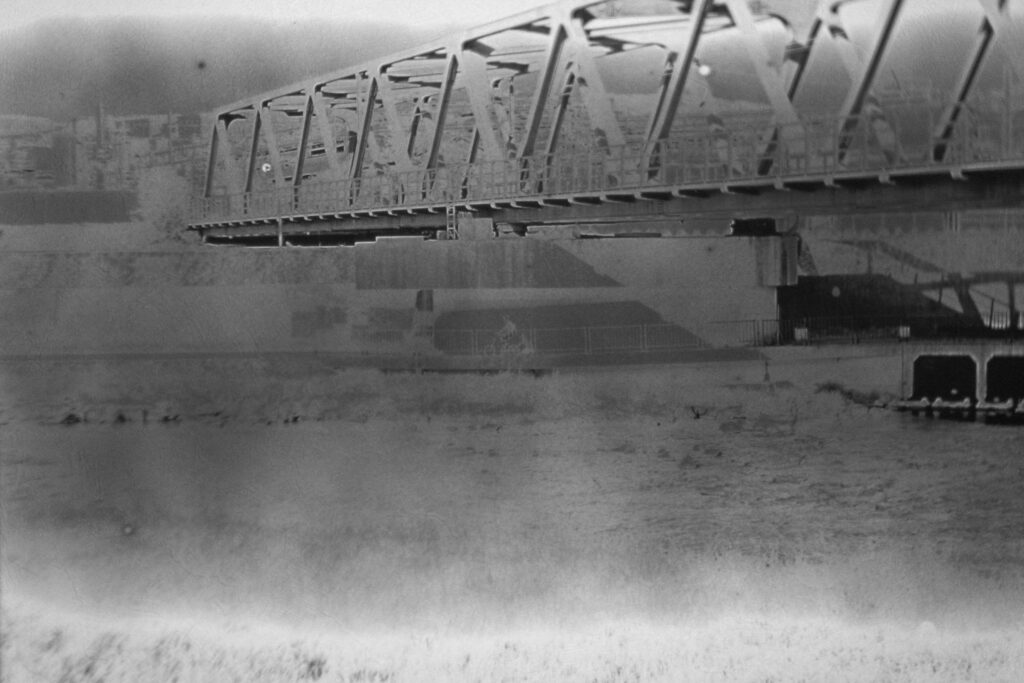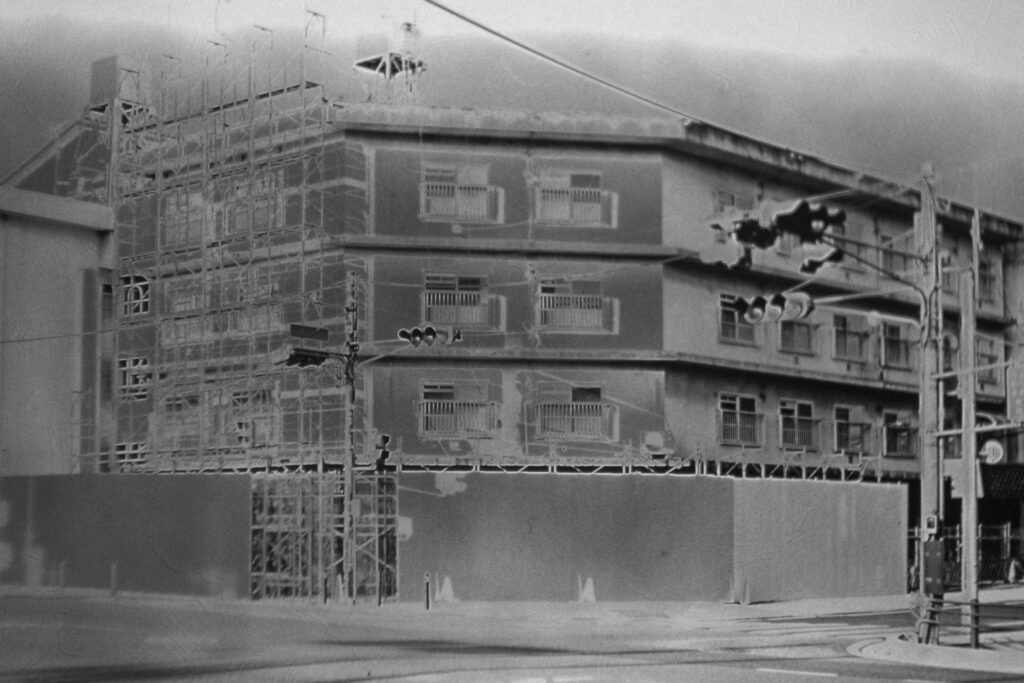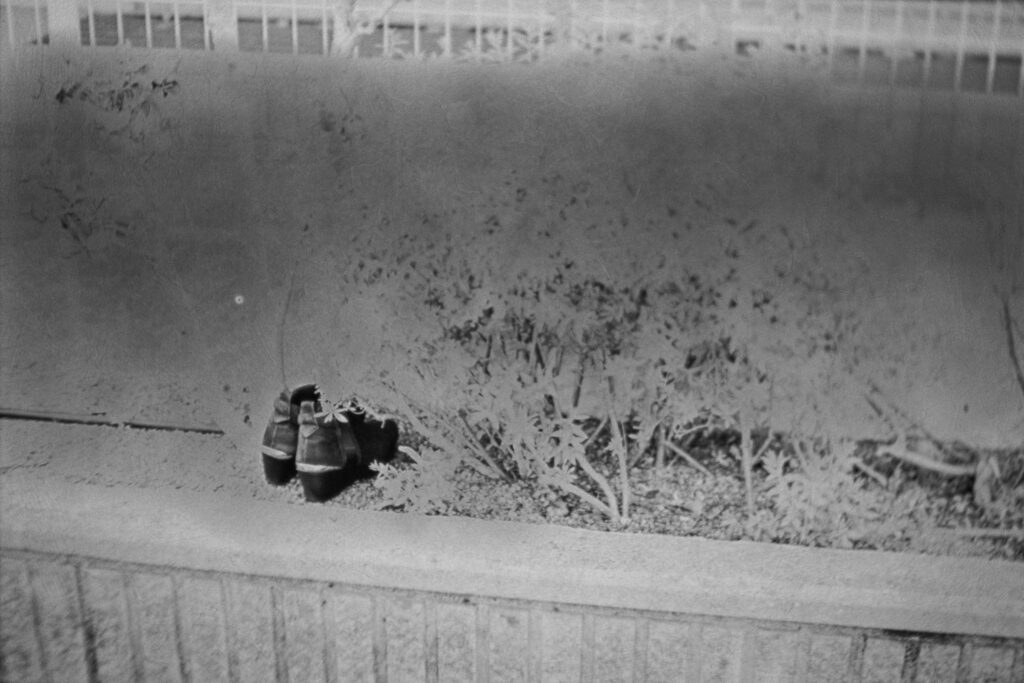March 2024 at Higashi Kujo, Minami-ku, Kyoto
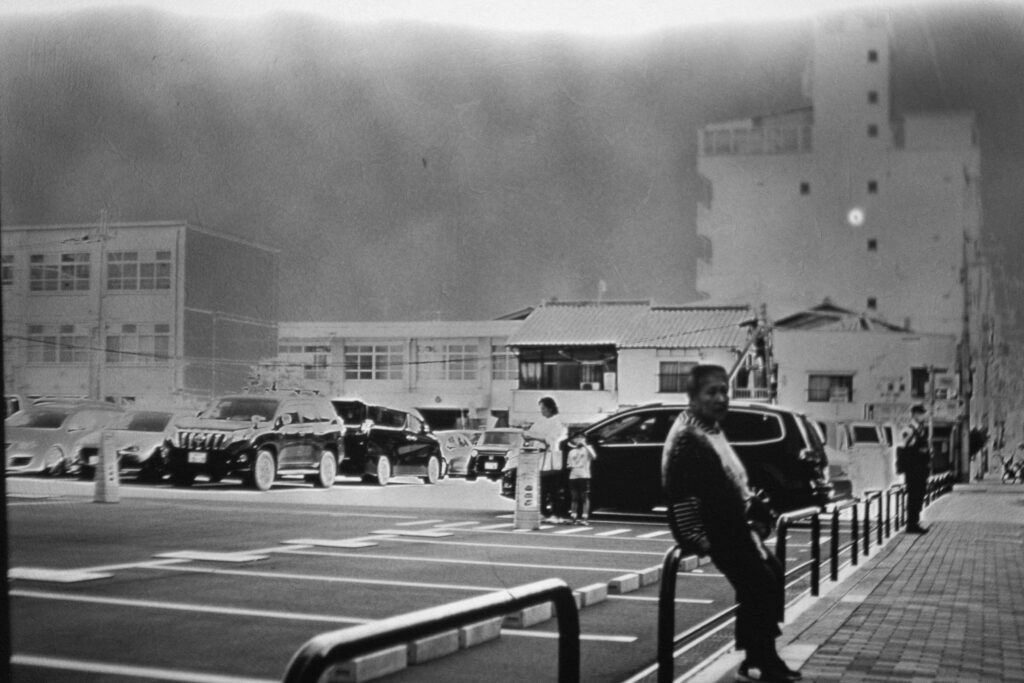
The area, known as “Tonk,” is known as a place where many Koreans living in Japan moved to live, either to work on large-scale development projects in the Kyoto area around 1920 or to support local industries.
In recent years, development around Kyoto Station has been very active. The relocation of the Kyoto City University of Arts, the construction of high-brand hotels and the Team Lab Museum due to the growing demand for tourism, and other developments have transformed the landscape over the past few years. It appears that those who originally lived in this area have moved their residences elsewhere.
I do not intend to question the merits of these series of development projects themselves. I believe that the city is in a state of flux and continues to change with the times. It is likely that the heat of Kyoto as a whole is shifting from north to south.
March 24, 2012. I walked around the site and took photos. As I approached the riverside, I could still see the buildings and human activities that still retain the vestiges of those days. I wonder if there will be any relics or remains of Tonk’s history in the decades and centuries to come.
On the other hand, the memory of a place does not always exist in a tangible form. It is something that is consciously passed on from person to person with the earnestness that it must not be allowed to cease. Such feelings may drift through the land and settle there as something invisible.
Even if the city has been transformed and all connections to the past have been wiped away on the surface, the “memories and history of the land” are still there, though “invisible to the eye.

